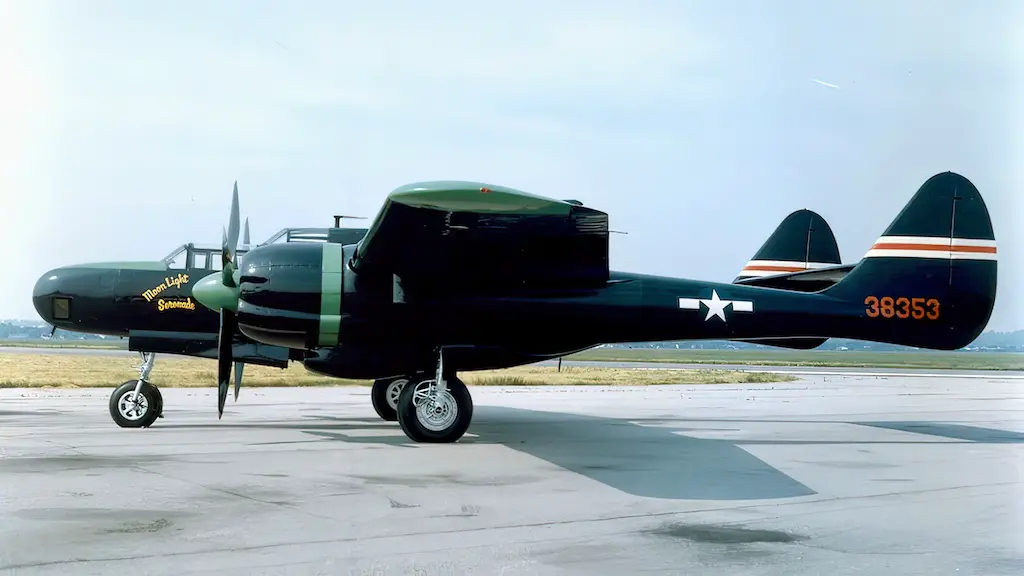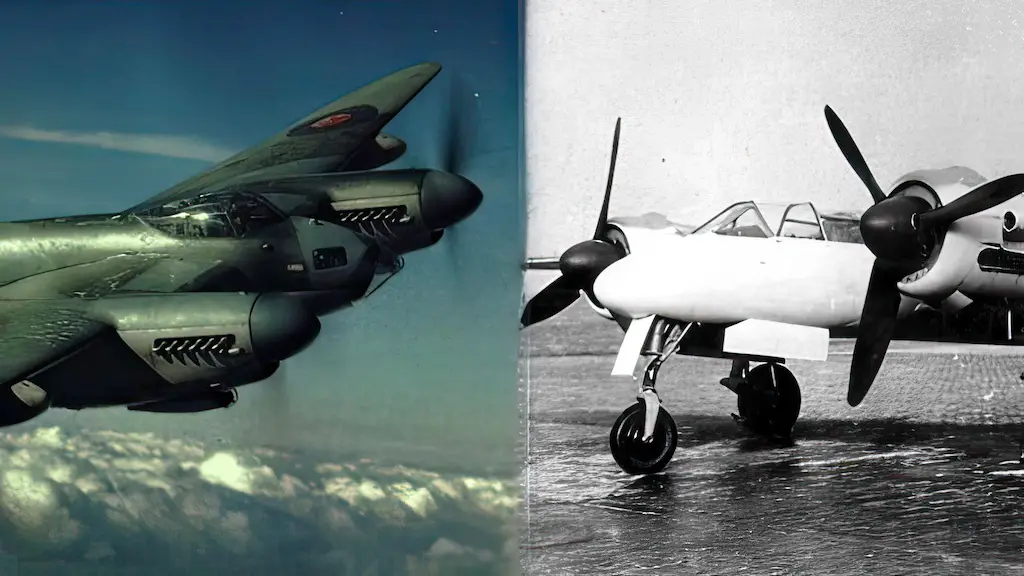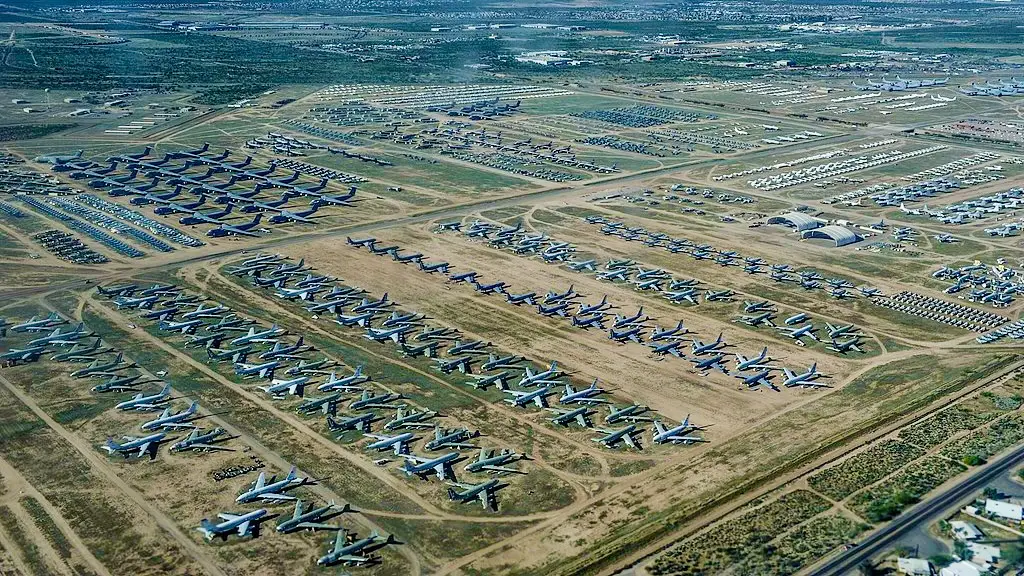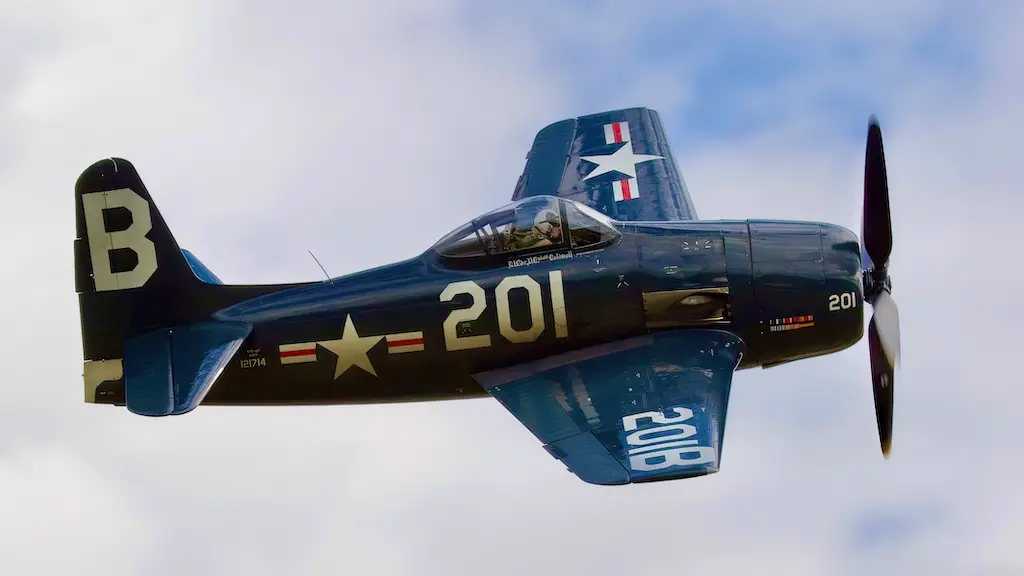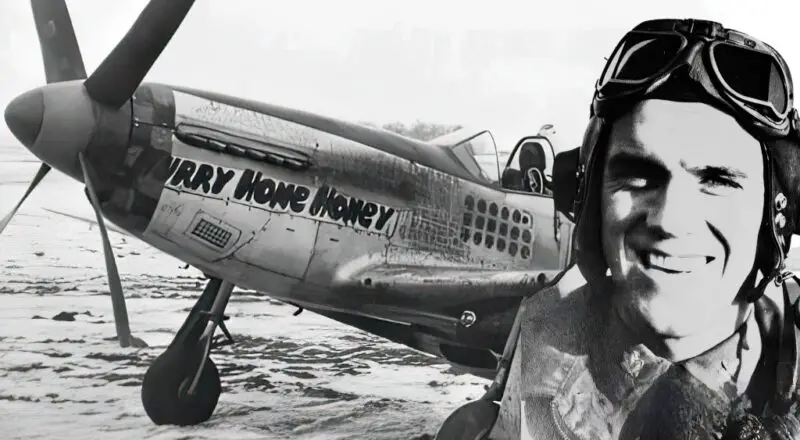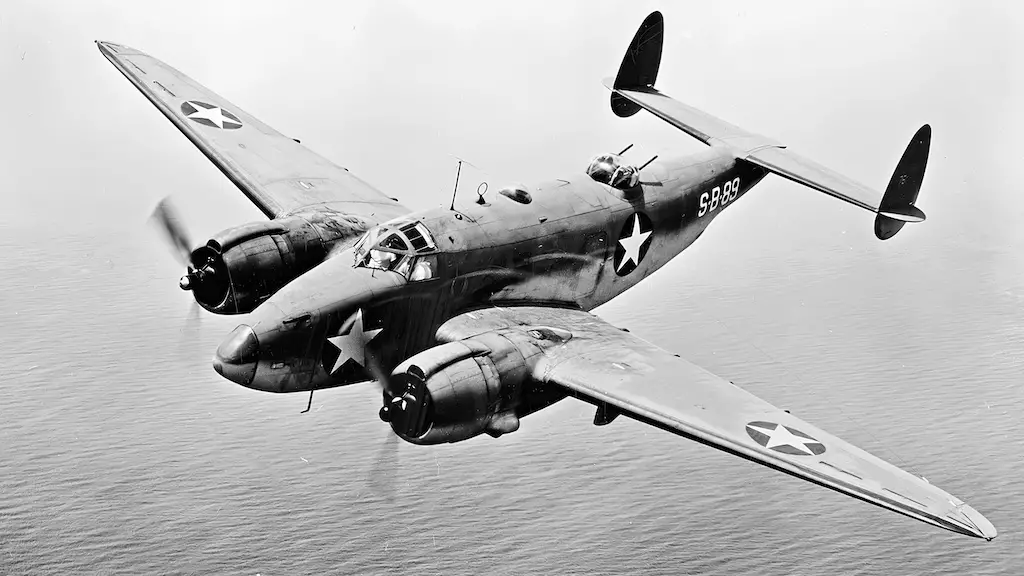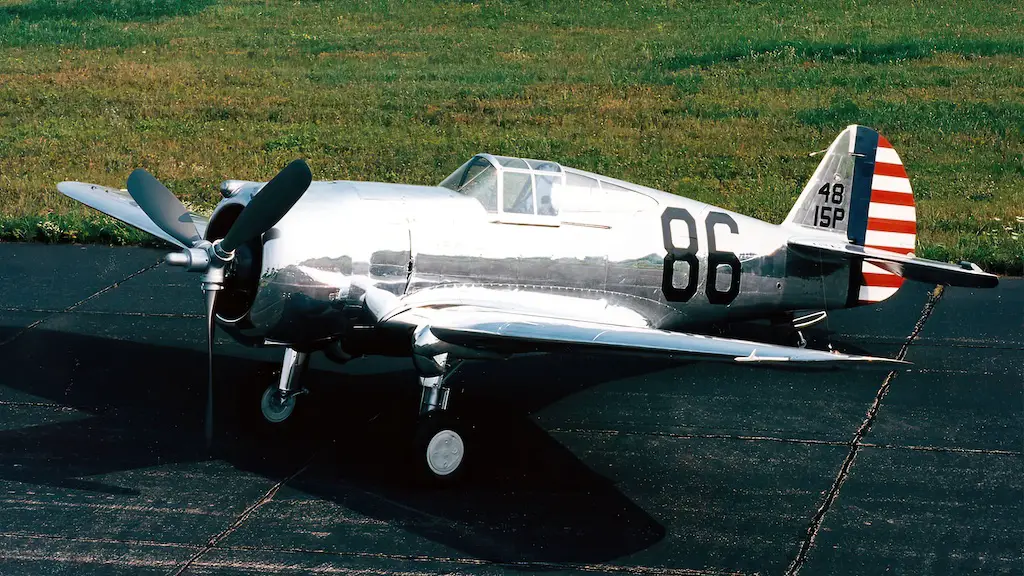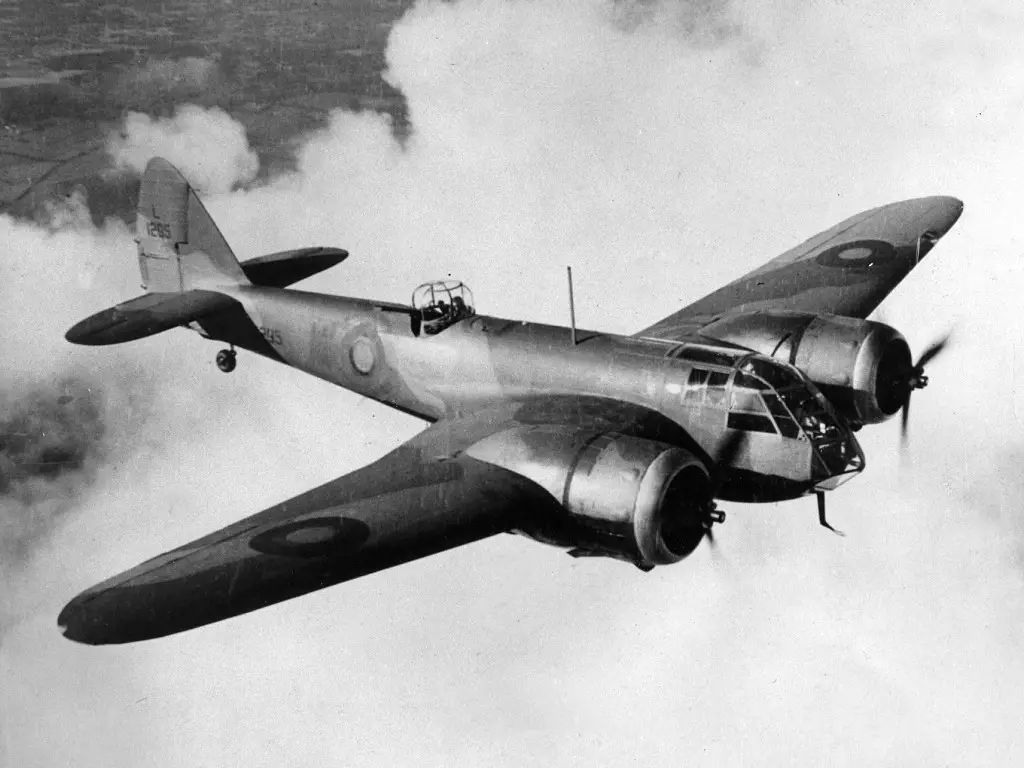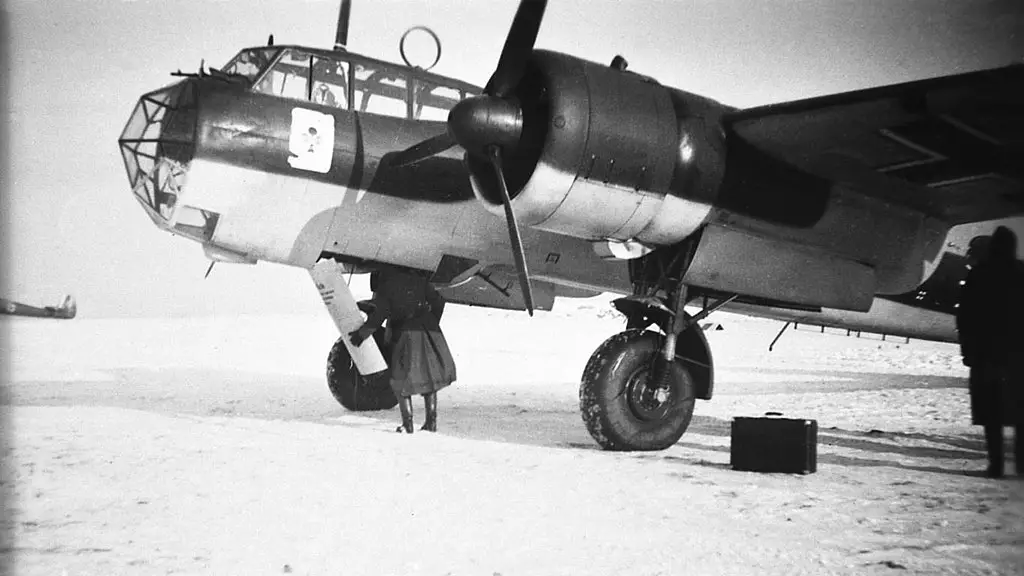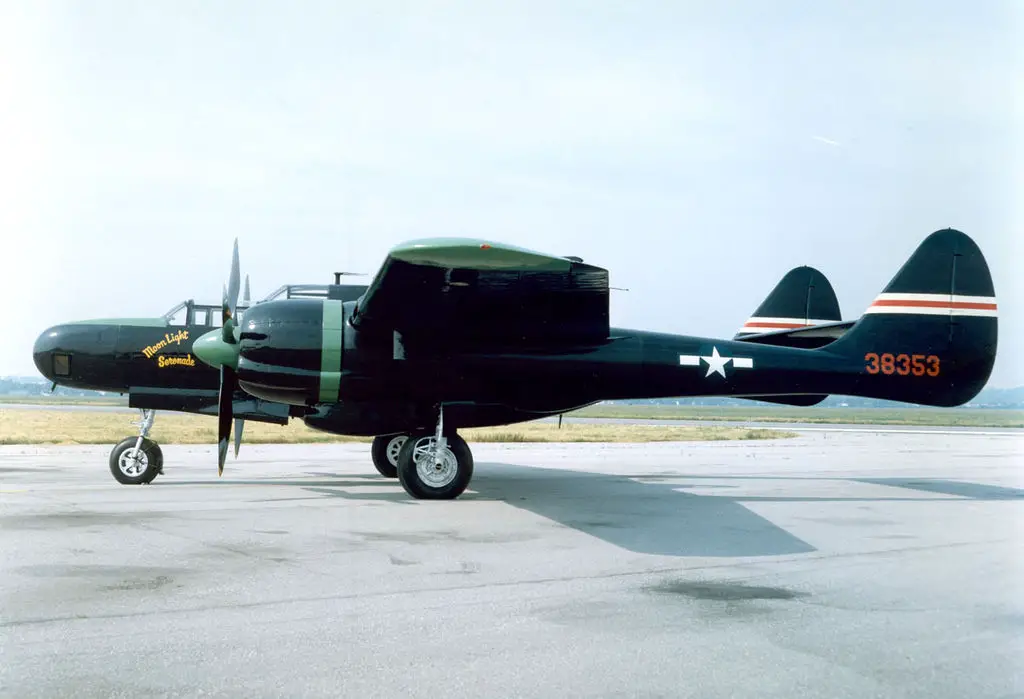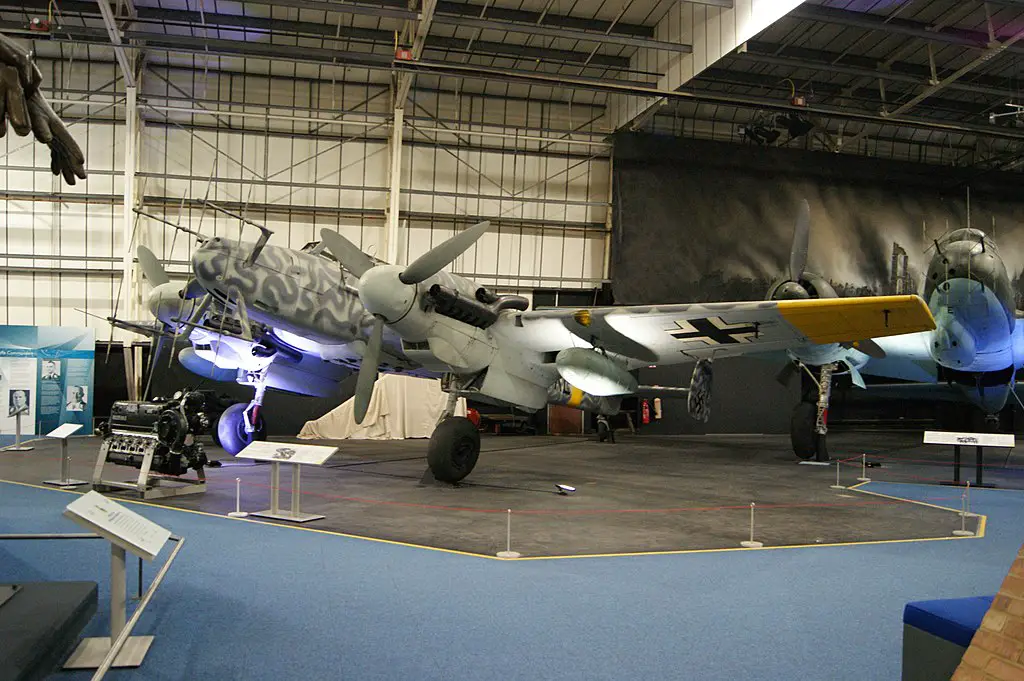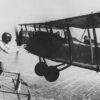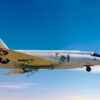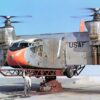Fighting between planes naturally took place in daylight as it gave pilots and gunners an entirely clear view of the skies. Nevertheless, there were advantages to flying at night, thus work began on the techniques and technology of night fighting.
Night Fighting in WWII
Night fighting truly kicked off during the Second World War. With the first serious attempt at night fighting taking place over Britain during the Great War. German Zeppelin airships were sent to bomb British cities, but they would use the darkness to increase their chances of cover as they are highly visible during the day. They were flying behind enemy lines far from home and needed every advantage they could get.
Around 25 years later, huge waves of heavy bombers formations were utilising the darkness to protect their lumbering and vulnerable frames from enemy fighters and anti-aircraft cannons, as they bombarded their enemy’s infrastructure. Massive night attacks took place in the Battle of Britain, then in Allied strikes against Germany, and then in fire-bombings on mainland Japan.
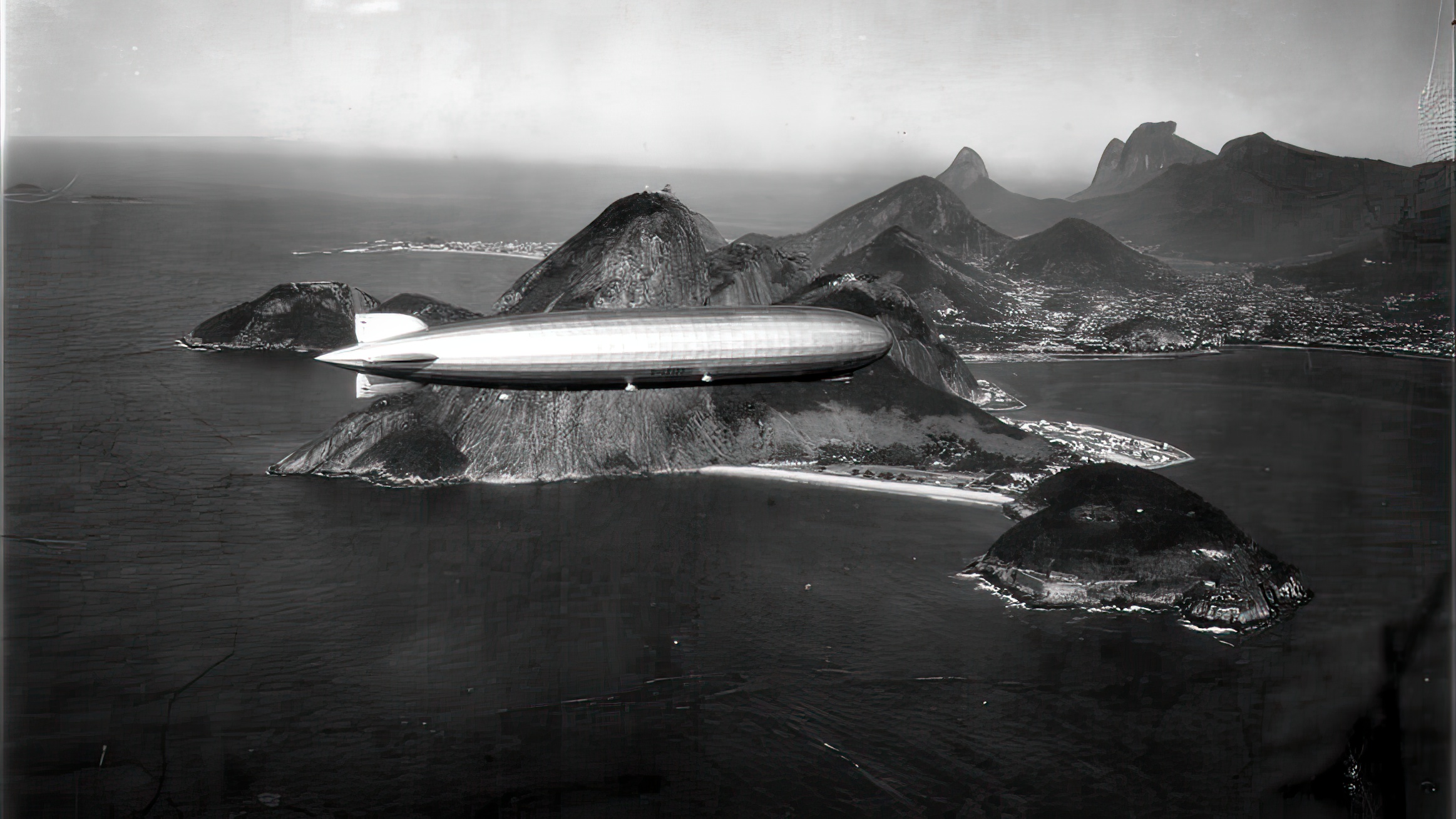
Airborne Radar
Since the war’s beginning, the United States, Britain, and Germany had been working on building a next-level radar that could turn the tide in the air. The idea was that if a plane could be equipped with its own airborne radar, then it could target enemy aircraft without having to see them, hence making night raids a practical reality. The British were the first to achieve success with airborne radar, namely the Airborne Radar Interception, Mark IV or AI Mark IV radar.
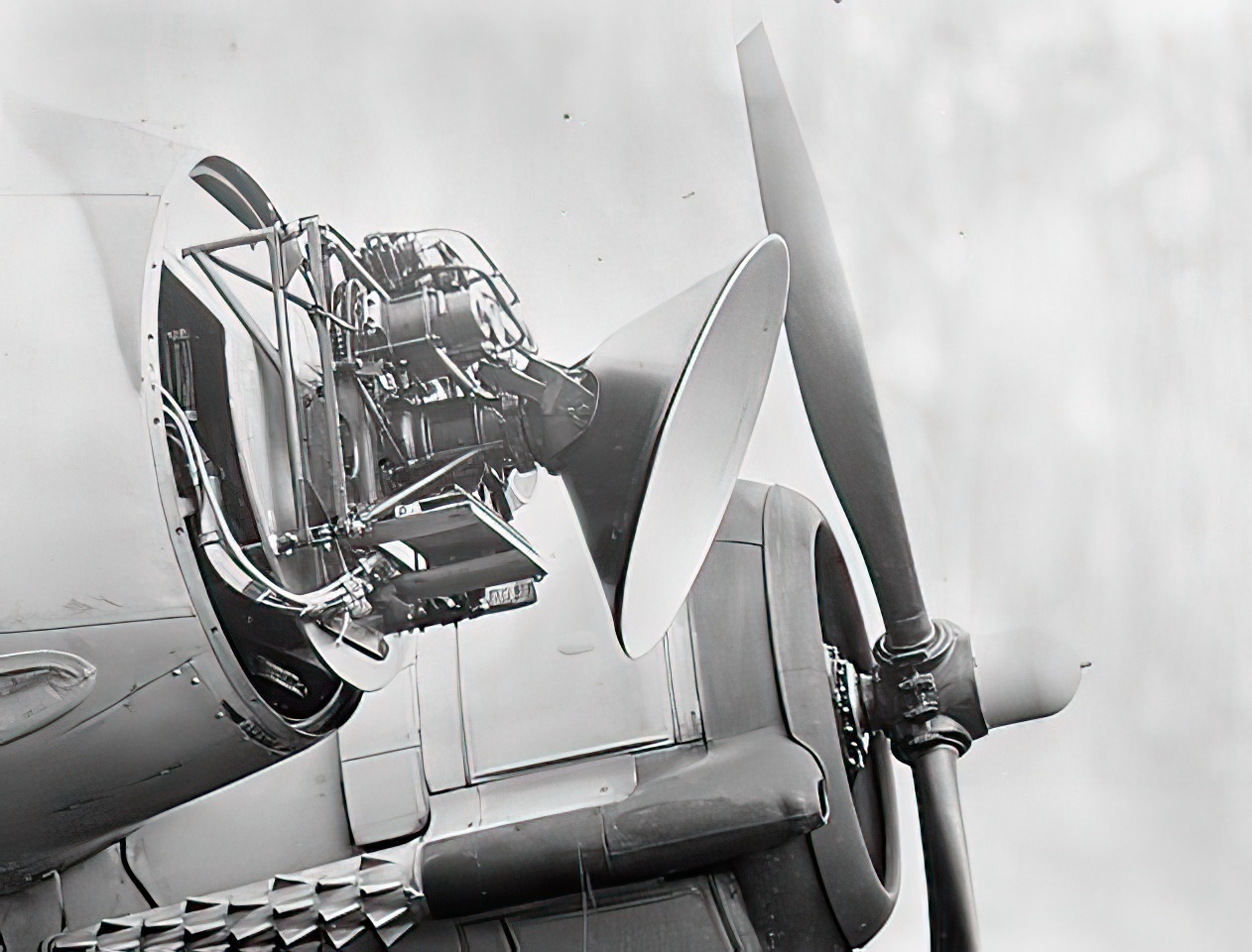
They moved Bristol Blenheim fighters which were already outclassed in the daytime by the Messerschmitt Bf 109, into a night fighting role and some were equipped with the new radar. In July 1940, a Blenheim destroyed a Dornier Do 17 in a night fight marking the first successful intercept using airborne radar.
The Bristol Beaufighter
Retrofitting radar onto existing planes was a pragmatic step in enhancing their fighting capabilities, but a purpose-built night fighter was lacking. Designed solely for nighttime combat, with its Mark IV radar, it would give its pilots an enormous advantage.
As a result, the British, building on their success with the Blenheim, were the first to field a high-performance purpose-built night fighter: the Bristol Beaufighter.
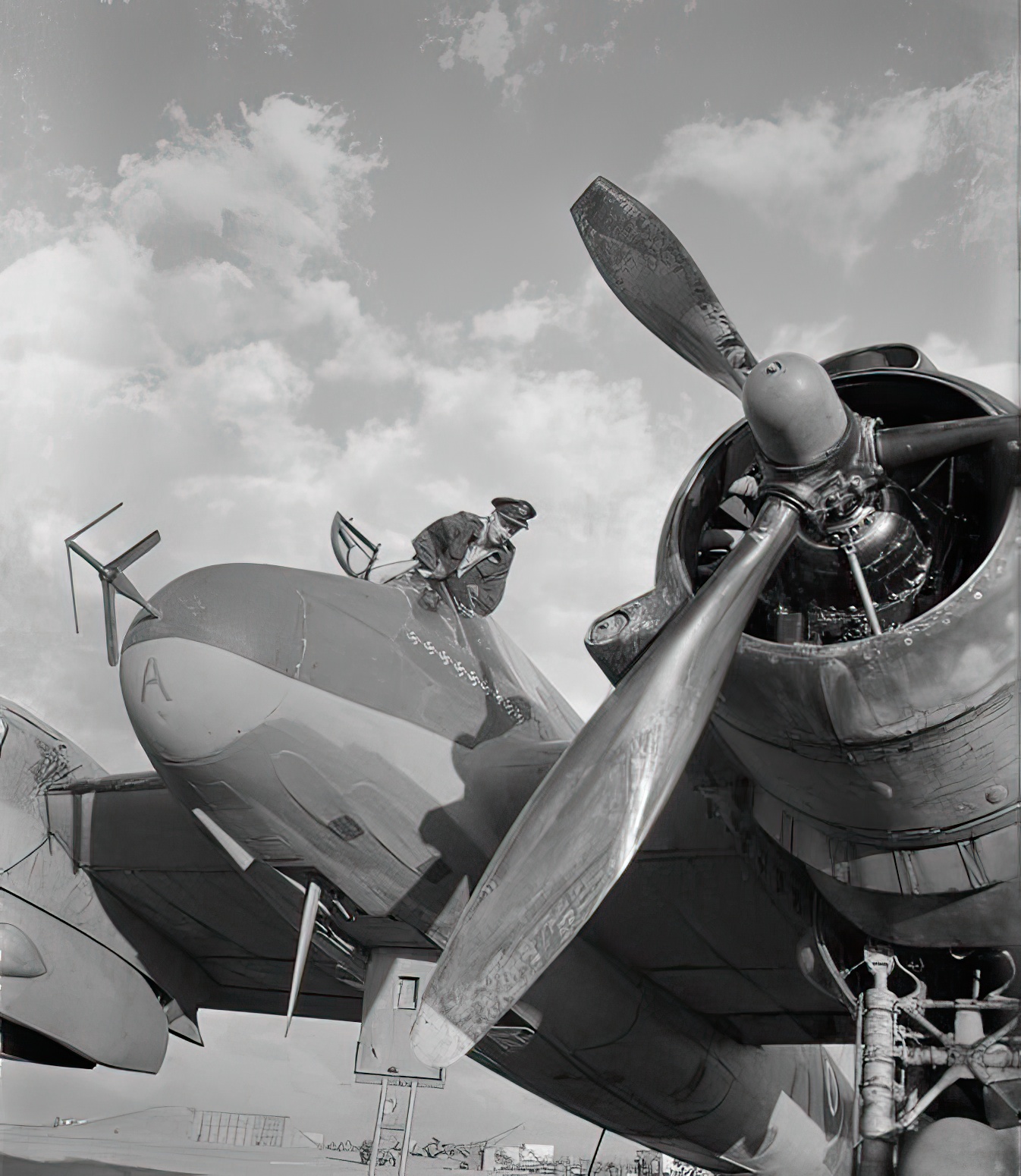
American Efforts
Although Beaufighters were purposefully built for night fighting, it was not the role the aircraft had originally been designed for. They were more of a modified variant of an existing model. The first intentional night fighter would be an American aircraft designed in response to the Royal Air Force’s night fighter success in 1940.
The Northrop P/F-61 Black Widow entered production late in 1943 and first saw action in July 1944. In its first European engagement, the Black Widow took out four German planes. Around the same period, it had its first successes against Japanese planes in the Pacific.
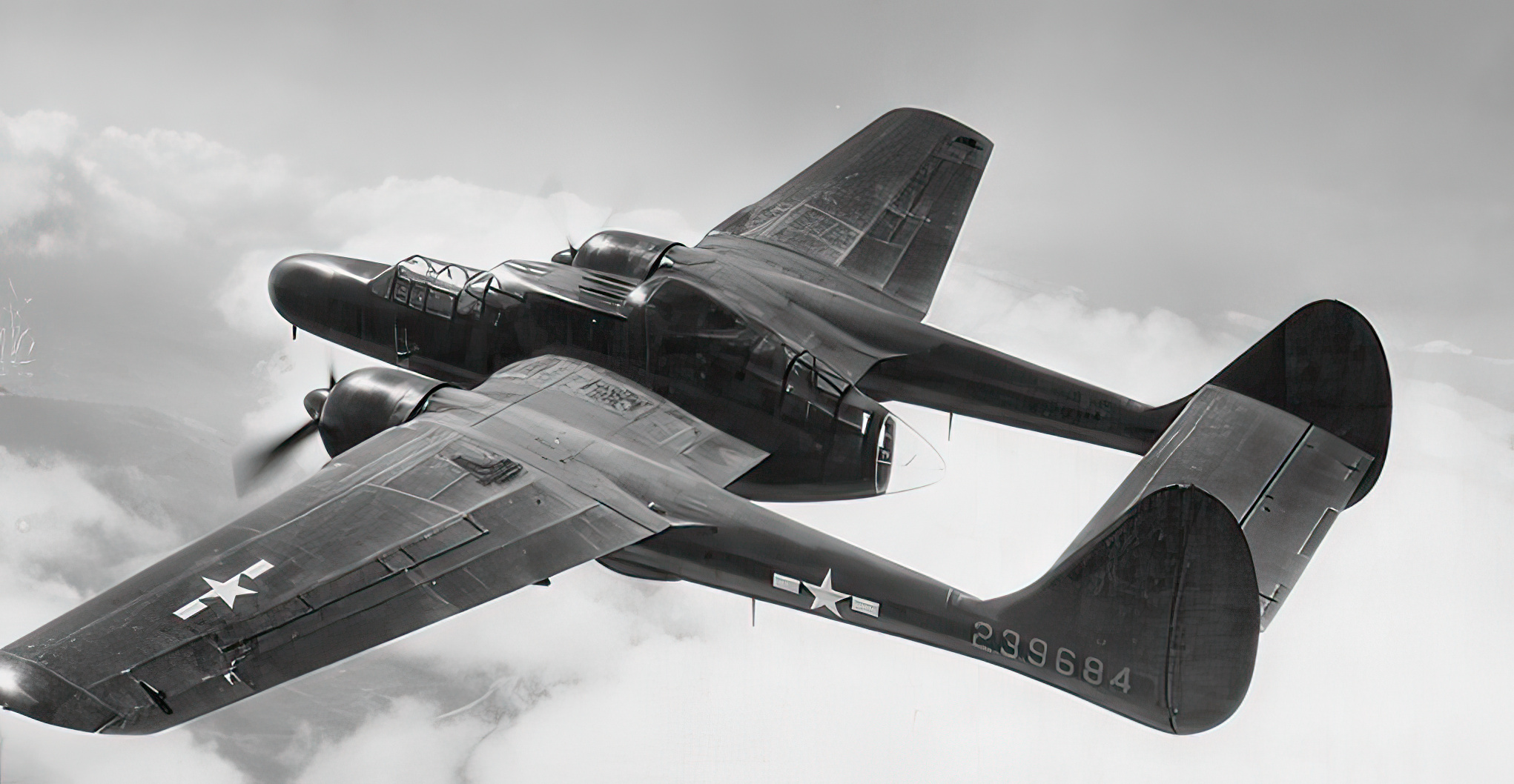
German Night Fighters
Seldom behind the Allies in matters related to military technology, the Germans were behind in the race to field airborne radar and naval radar for that matter. Their first few years were spent relying on day fighters, ground radar, and searchlights. That would change in the summer of 1942 when they started fielding fighters that carried their own radar.
The Messerschmitt Bf 110 heavy fighter had served well during the early stages of the war, primarily escorting bombers on their missions. When enemy fighters outclassed it, it was relegated to night-time defence duties like in the Blenheim’s case. At the first availability of German airborne radar, it was fitted to the latest model, the Bf 110 F-4. With its four machine guns and two cannons, it became a dangerous night-time interceptor.
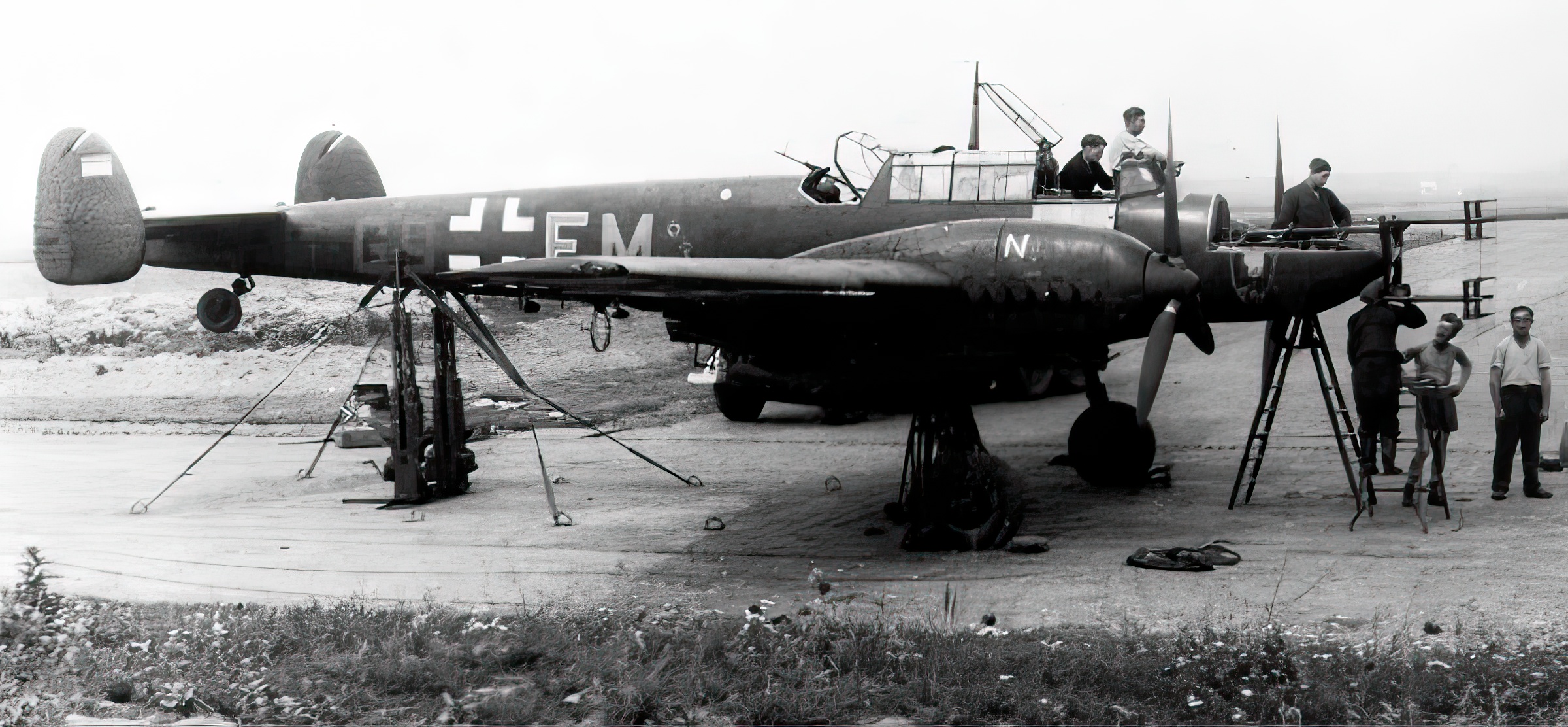
Countering the Night Fighters
The success of night fighters compelled the creation of countermeasures. Among them was “Window,” a Royal Air Force approach in which bundles of aluminium strips were dropped from bombers. This confused the radar, making it harder for German aircraft to locate and attack them. Nevertheless, such simple measures could not thwart the progress of night fighting. It reached a stage where purpose-built planes with their relative equipment could fight each other effectively at night. The war in the skies had changed forever.

